Discover the versatile uses and health benefits of coconut oil for beauty and wellness. Explore how it can enhance your daily routine—read more now!
Savon de Marseille: The History of Marseille Soap

Savon de Marseille History – The Story of Marseille Soap
Savon de Marseille (Marseille Soap) is the best soap in the world. Known for its effectiveness and natural ingredients, it’s suitable for everyone, even people with sensitive skin, including babies, because it’s hypoallergenic.
Marseille soap, used for laundry and general household cleaning, is 72% fatty acid (oils and soda ash or sea salt) and 28% water.
While initially made with olive oil, the soap now also includes other oils such as sesame, peanut and copra.
So, how did this lovely Savon de Marseille start?
What is the History of Marseille Soap?
Savon de Marseille's origin is undoubtedly Aleppo soap, which has been around for thousands of years.
The method of manufacture originated in the city of Aleppo in Syria and involves a base of olive and laurel oil. After the Crusades, this method spread throughout the Mediterranean basin through Italy and Spain and ended up in Marseille.
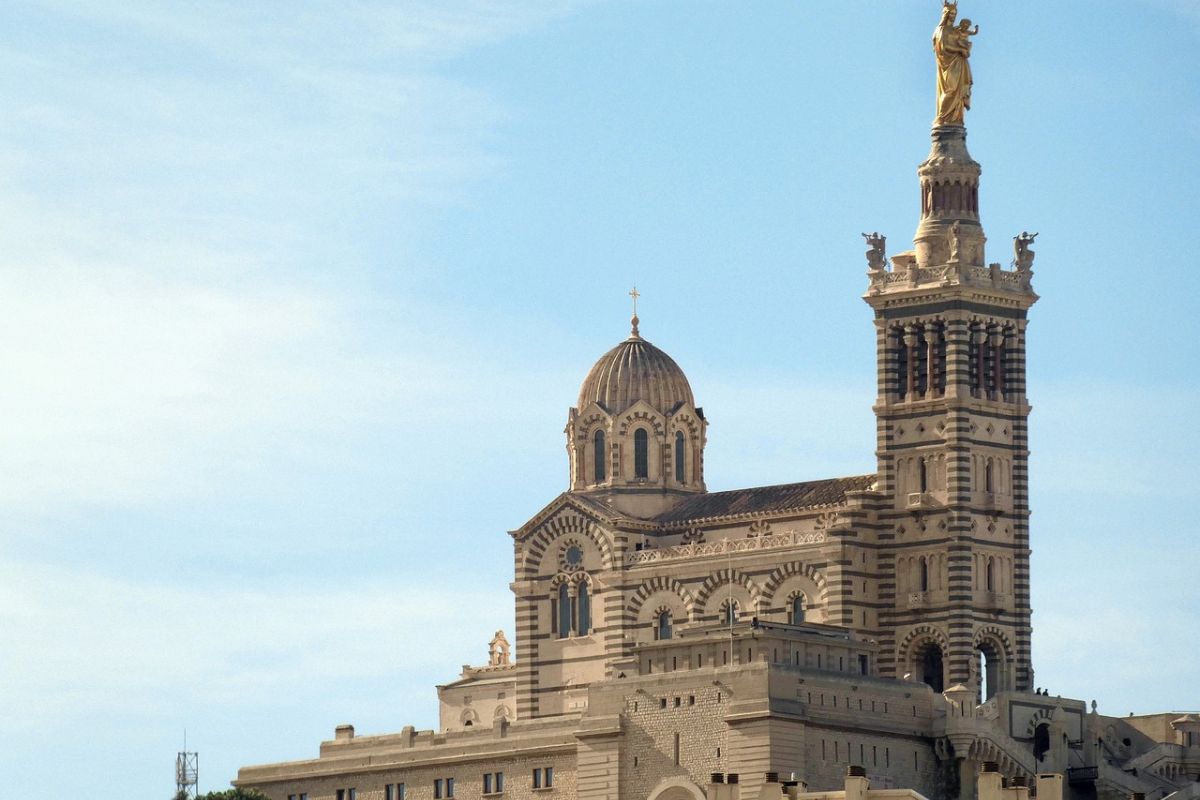
History of Marseille Soap
Marseille soap, also known as Savon de Marseille, has existed since the 14th Century. Its history can be traced back to the ancient city of Aleppo, Syria, where a similar soap was made with olive and laurel oil.
This soap-making method spread throughout the Mediterranean basin, through Italy and Spain, and ended up in Marseille, France.
In Marseille, soap makers, called “savonniers,” adapted the Aleppo soap recipe to create their own version with the local olive oil and soda ash. The use of olive oil, which was abundant in the region, gave Marseille soap its characteristics and benefits.
The soap was first used for laundry and cleaning but soon became a staple of many French homes.
The name “Savon de Marseille” was officially recognised in 1688 when King Louis XIV issued the Edict of Colbert, which regulated soap-making in Marseille. The edict stated that only soap made in Marseille, with olive oil and soda ash, could be called “Savon de Marseille.” This regulation made Marseille soap a high-quality product known for its effectiveness and hypoallergenic properties.
Over time, other vegetable oils, such as palm oil and copra oil, were introduced into Marseille soap making, allowing for more variety and experimentation. But the traditional recipe with olive oil as the main ingredient remains the most popular and sought-after.
Today, Marseille soap is still made the traditional way. Many soap factories in the region still produce high-quality soap with local ingredients.
The soap industry in Marseille has had its ups and downs over the years, with the rise of synthetic detergents and laundry detergents threatening traditional soap making.
However, the demand for natural and eco-friendly products has brought back the popularity of Marseille soap, which remains a French heritage icon.
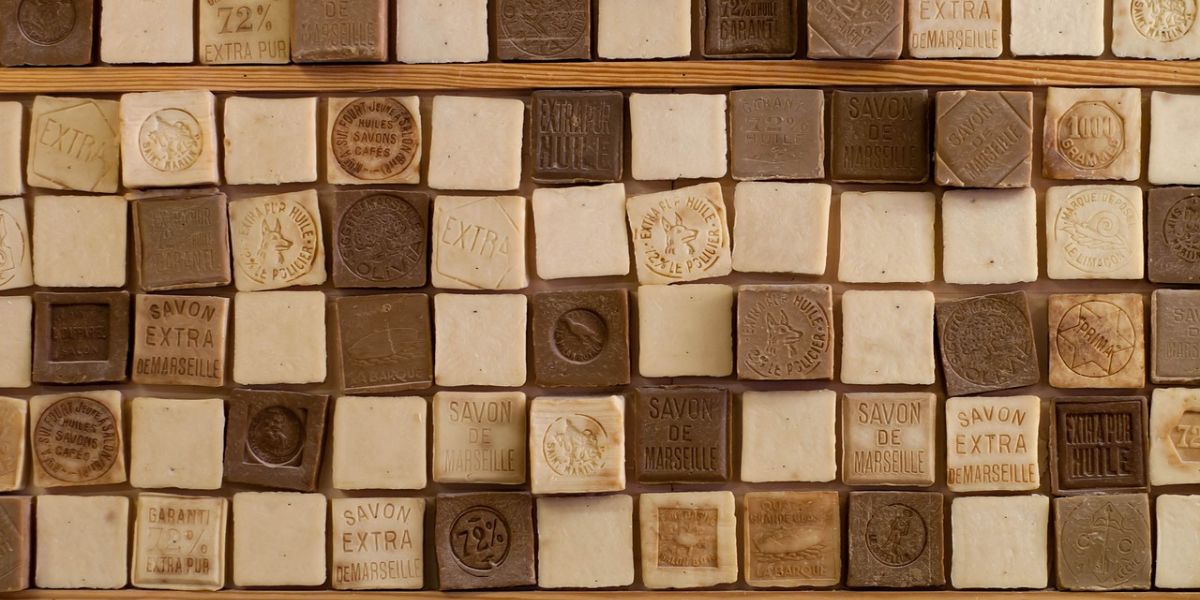
First Savonneries
Crescas Davin was the first Marseille soap maker in the 14th Century. 1593 Georges Prunemoyr opened the first soap factory in Marseille when demand exceeded local production.
By 1660, there were 7 soap factories in the city, using local olive oil as raw material and the ash of the salt marsh plant Salicornia (Glasswort) as soda ash. Production was around 20,000 tonnes of soap per year.
In 1688, Louis XIV issued the Edict of Colbert, a set of regulations stating that only soaps that were:
-
made in and around Marseille
-
cooked in cauldrons
-
made with pure virgin olive oil could be called "Savon de Marseille."
-
no animal fats
Local soap makers who broke these rules were banished from Provence.

Traditional Ingredients and Manufacturing
Savon de Marseille, also known as Marseille Soap, showcases traditional craftsmanship and natural ingredients. The recipe is simple but effective, and the purity of the ingredients does the job.
Olive oil is the heart of Savon de Marseille, the main ingredient that gives the soap its unique texture and gentle cleansing properties. This locally produced olive oil is sourced from the region, so every soap bar has the essence of Provence.
Olive oil and other vegetable oils, such as palm oil and copra oil, are sometimes added to soap to enhance its properties. These oils are mixed with soda ash, a natural mineral that acts as a binder and gives the soap its hardness and durability.
The traditional manufacturing process is long and involves heating the oils in big cauldrons and transforming them into soap with soda ash.
Once the soap mixture is ready, it is poured into moulds and left to age in the open air for 3 weeks. This is the most crucial step when the soap develops its final texture and cleansing properties.
And voilà, an effective and gentle soap on the skin, is a favourite among those looking for a natural and eco-friendly alternative to synthetic detergents.
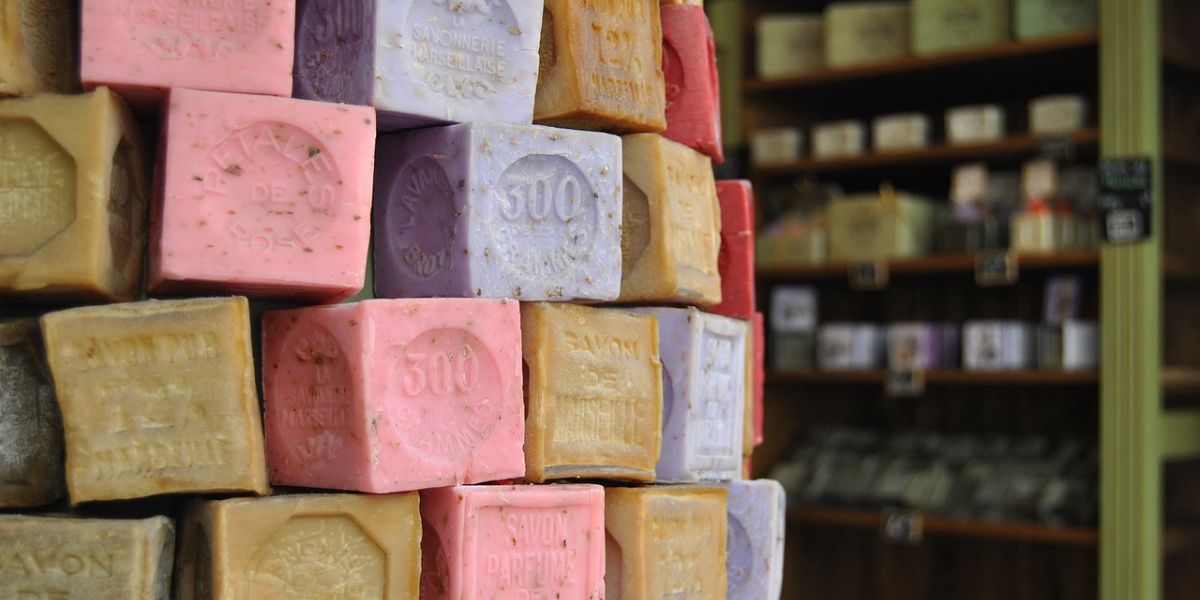
Marseille Soap Goes Viral
The quality was so good that "Savon de Marseille" became a household name. At that time, this green soap was sold in 5kg bars or 20kg loaves.
By 1786, 48 Marseille factories produced 76,000 tonnes, 600 workers and 1500 loaned convicts.
After the French Revolution in 1789, Savon de Marseille continued to grow, and by 1813, there were 62 factories.
The Golden Age of Savon de Marseille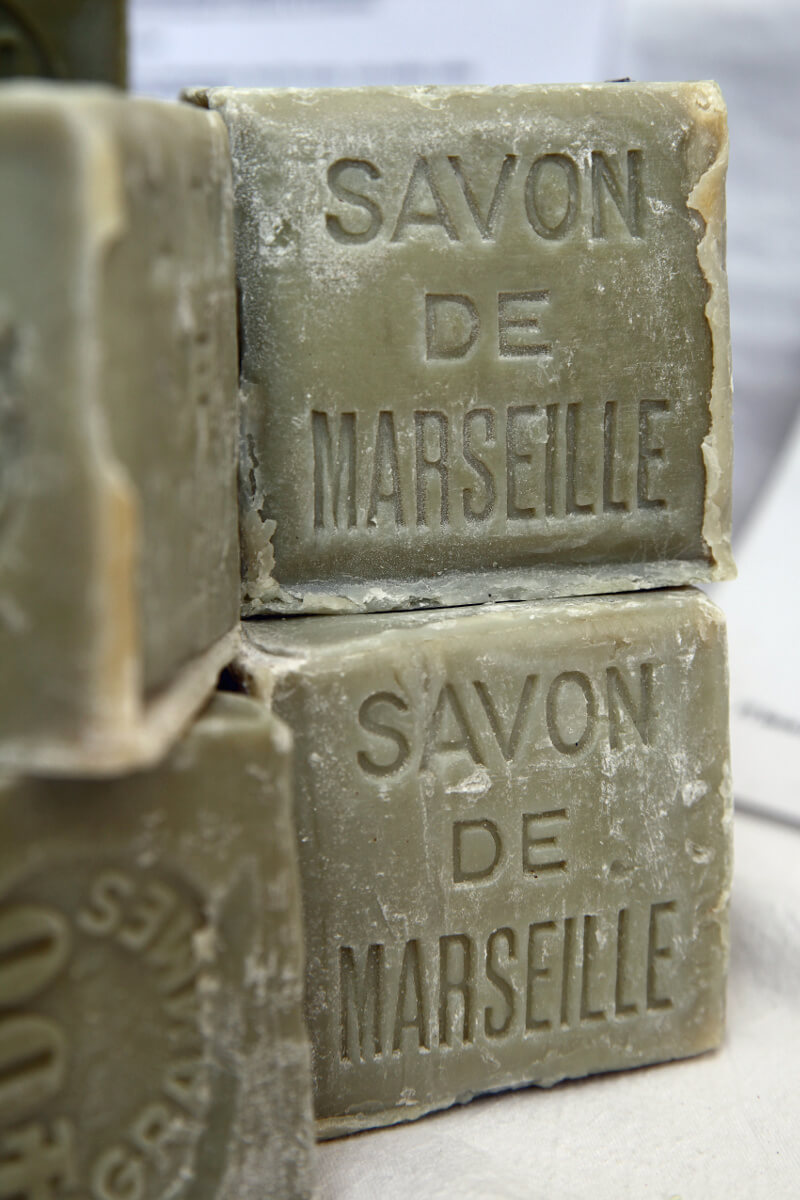
The golden age of Savon de Marseille was the 19th and early 20th centuries when soap was renowned for its purity and quality. This was the "72% oil, extra pure" era, the peak of Marseille's soap industry.
The city and Salon-de-Provence were booming thanks to the soap and oil industries, the region's lifeblood.
The soap industry in Marseille dates back to the 16th Century and grew fast. By 1660, there were 7 factories producing almost 20,000 tonnes of soap per year.
Colbert's regulations set the standards so high that "Marseille soap" became a byword for quality. This reputation helped the industry to boom, and production peaked in the early 20th Century.
However, the industry faced significant challenges during the World Wars, such as transportation difficulties and resource shortages.
After a brief comeback post-WWI, the rise of synthetic detergents in the late 19th and early 20th centuries killed traditional soap making. Many factories closed down because they couldn't compete with the cheaper mass-produced alternatives.
Today, only a few manufacturers remain in the region, but they still produce the world-famous natural Savon de Marseille. This soap, full of history and tradition, is still a favourite among those who look for natural and eco-friendly products.
Its legacy proves that quality and natural ingredients never go out of fashion.
Savon de Marseille Recipes
Around this time, Nicolas Leblanc (1742-1806) invented a process to extract Soda Ash, one of the main ingredients, from seawater.
In the 1820s, new oils and fats were imported and passed through the port of Marseille, so oils like palm, copra, peanut and sesame were more widely used.
The arrival of these other oils allowed for more variety in Savon de Marseille production. New factories opened up all over the region, in Salon-de-Provence, Toulon, and Arles.
Eventually, the factories stopped using various vegetable oils. They turned to tallow (animal fat) because of the heavy competition from the factories in Paris and England.
In the 19th Century, Marseille had almost 90 factories, and the industry peaked in 1913 with 180,000 tonnes of Marseille soap produced. At that time in 1906, François Merklen created the formula for Savon de Marseille:
-
63% copra oil or palm oil.
-
9% soda-ash/sea salt.
-
28% water.
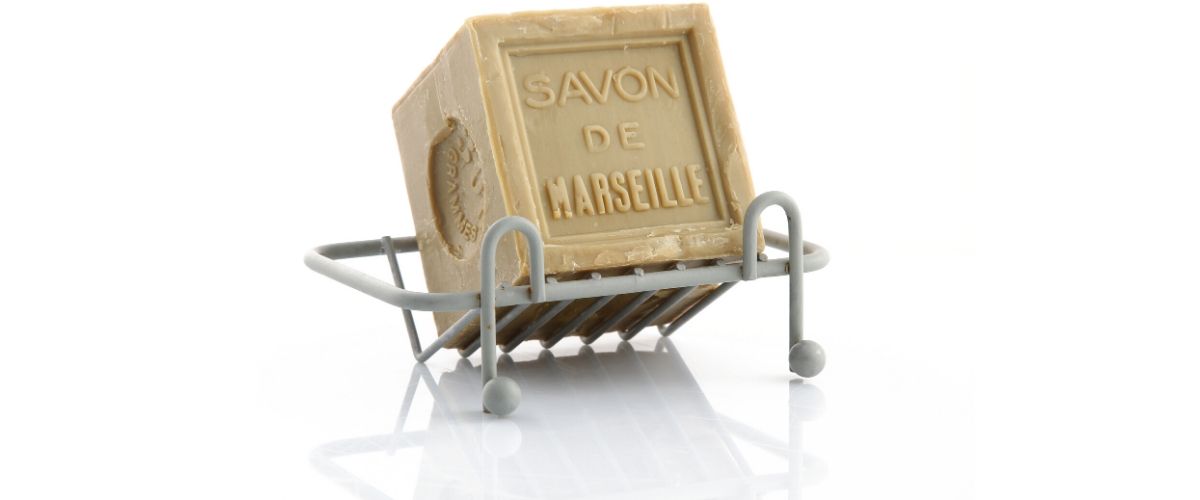
The War on Marseille Soap
After WWI, the savonneries (soap factories) enjoyed the benefits of mechanisation. Without losing the quality of the product due to the use of the old processes, production went back up to 120.000 tonnes in 1938.
When WWII broke out, Marseille still produced 50% of the soap in France, but the following years saw its decline. Synthetic detergents replaced the soap, and the factories closed one by one.
Today, only a few manufacturers remain in the region, but they still produce the world-famous natural Savon de Marseille (Marseille Soap).
Et Vous?
Do you know Savon de Marseille? When did you start using it? Let us know in the comments below. Like and share this article!

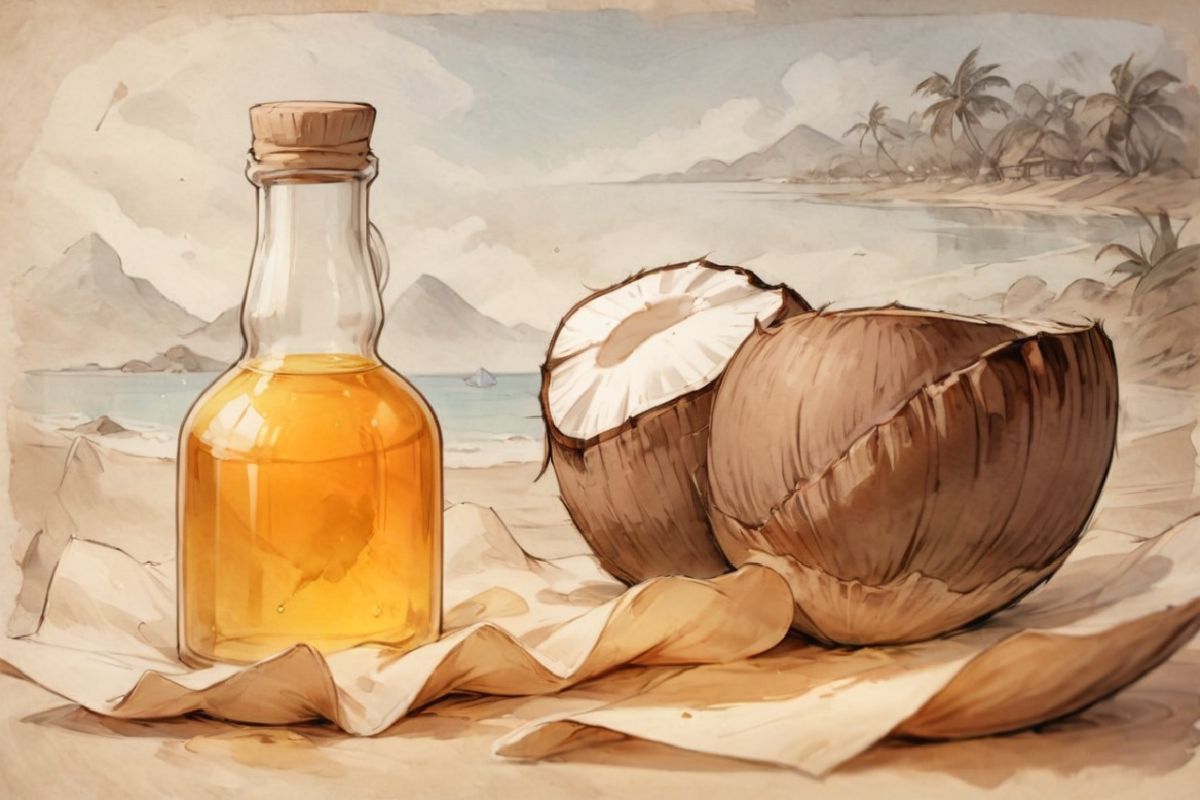
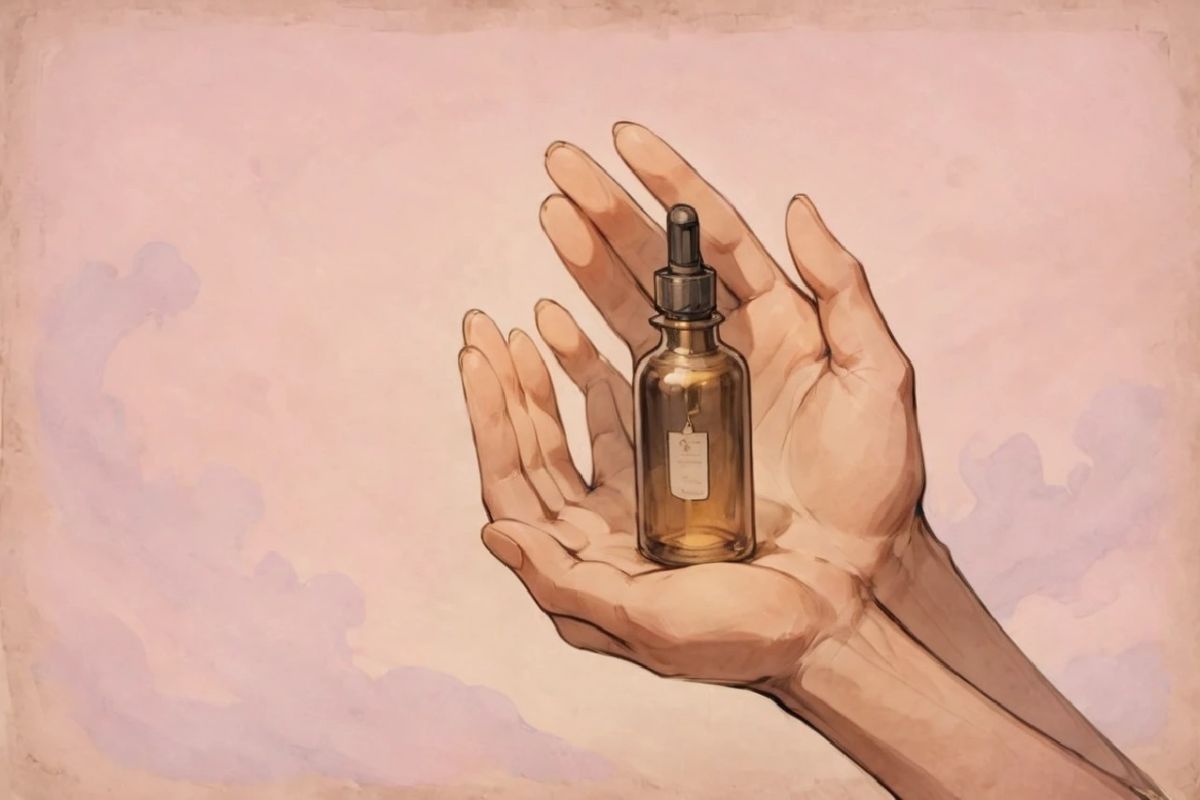
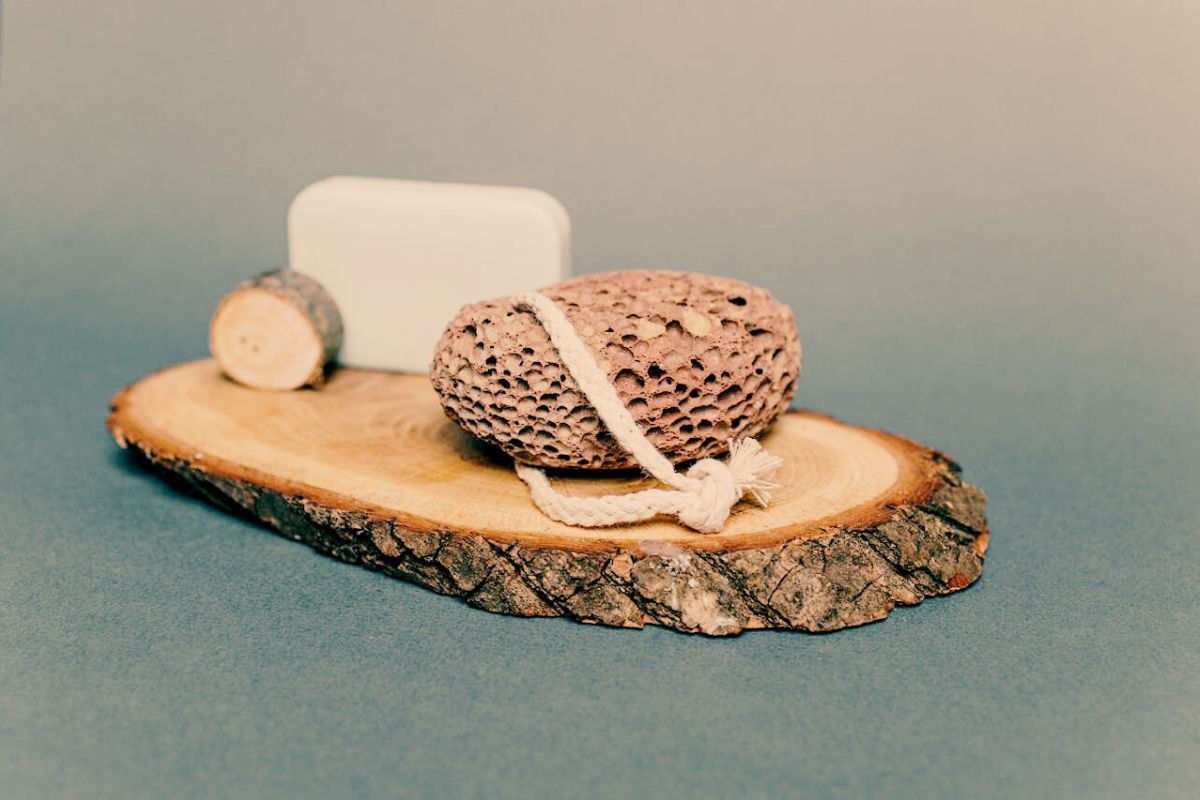
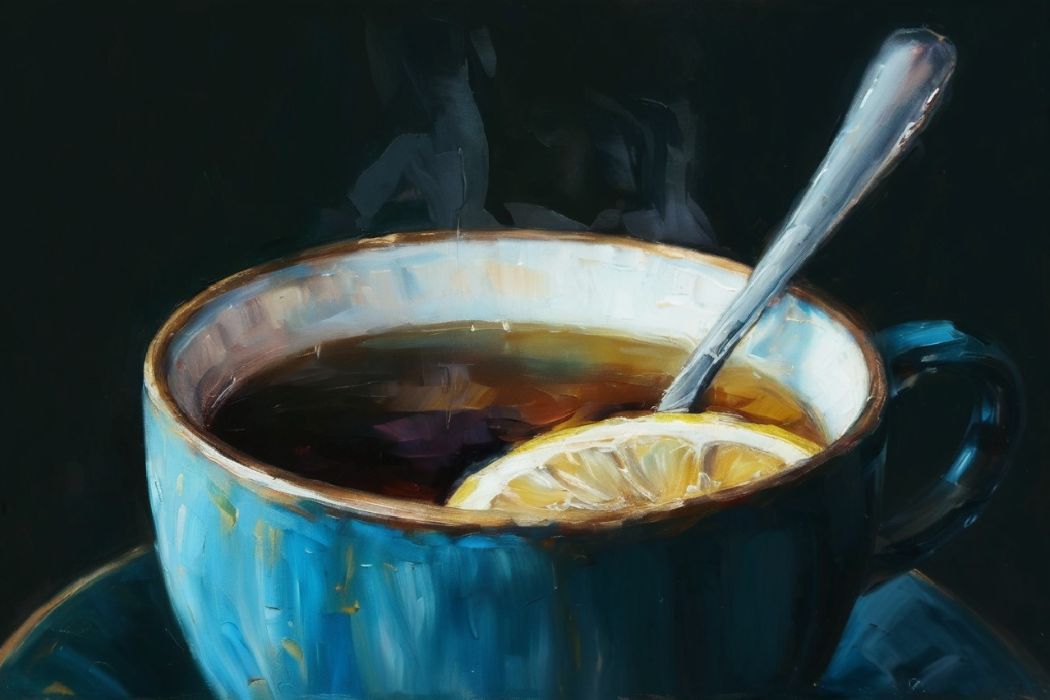
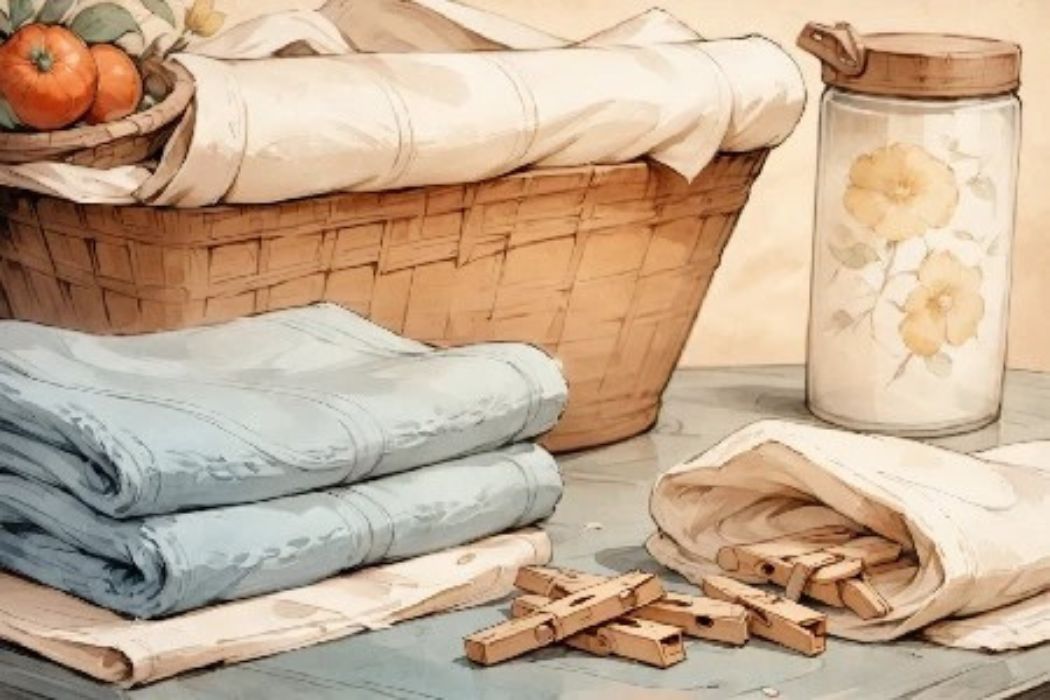

I have recently discovered the beauty and versatility of Marseille Soap. It amazingly washes grease with cold water and requires very little water to rinse. Keeps hands soft while washing up and cleans so many different things so well.
It's the best!
Greeting
Great Post!! I have read your blog, it's very informative. I am so impressed to read this blog. Thanks for sharing.
I found this soap in Greece looking for white low scented body soap. Reading about it's history and benefits for face and hair washing I'm going to try instead of hair shampoo.